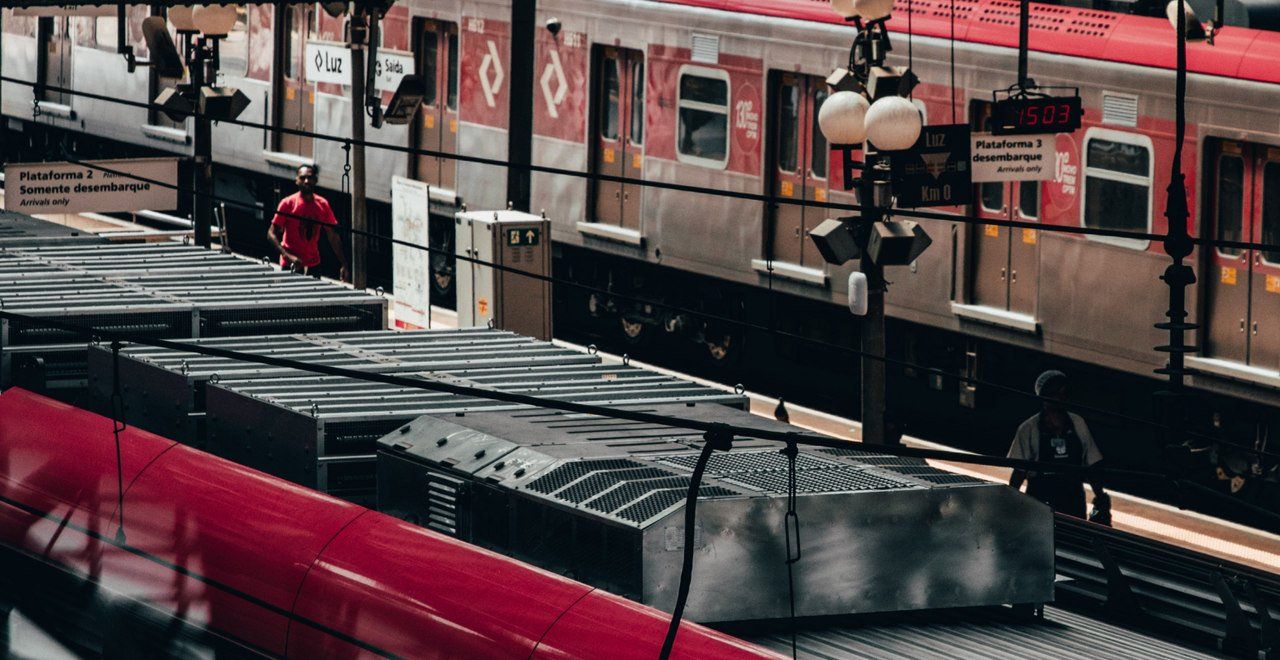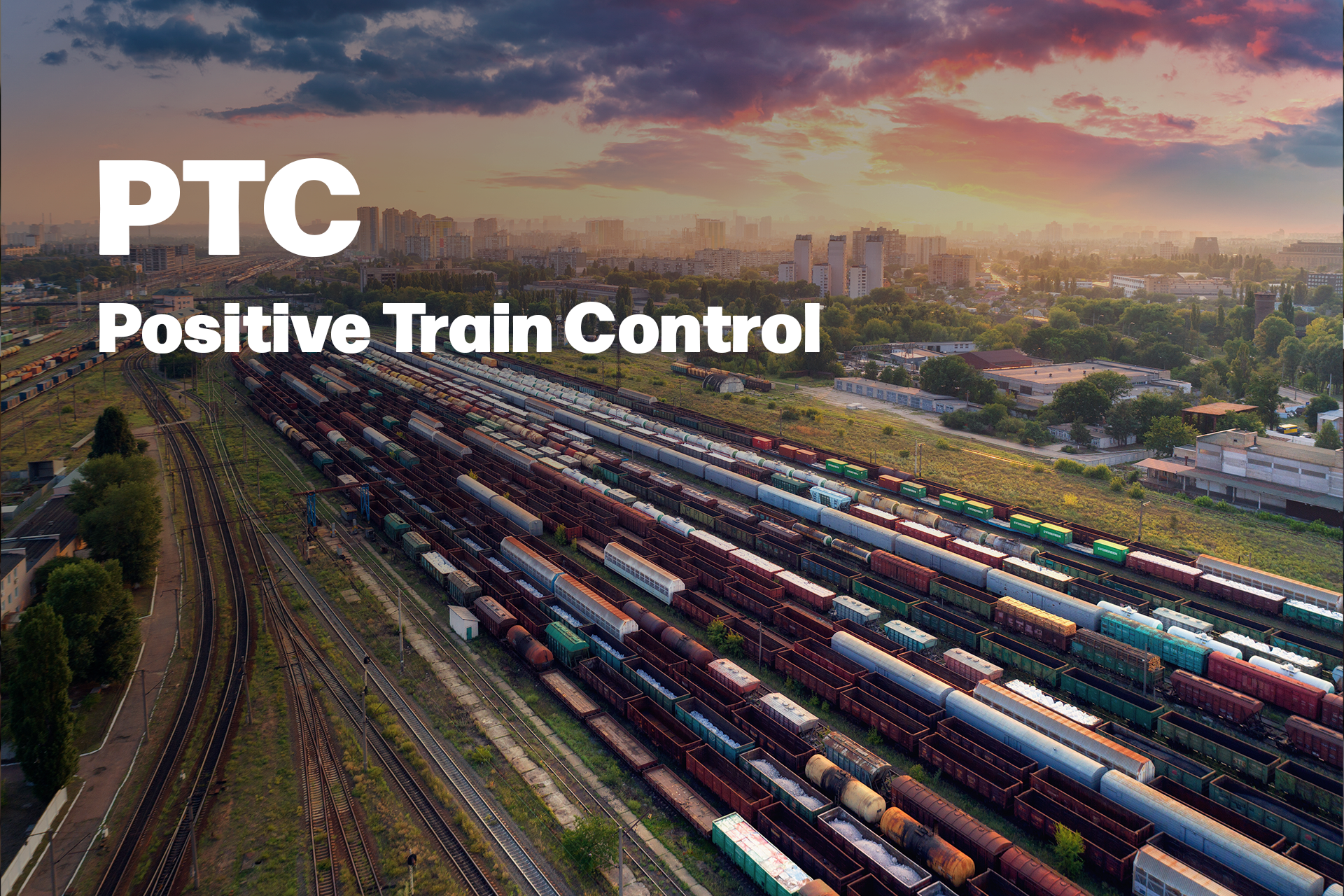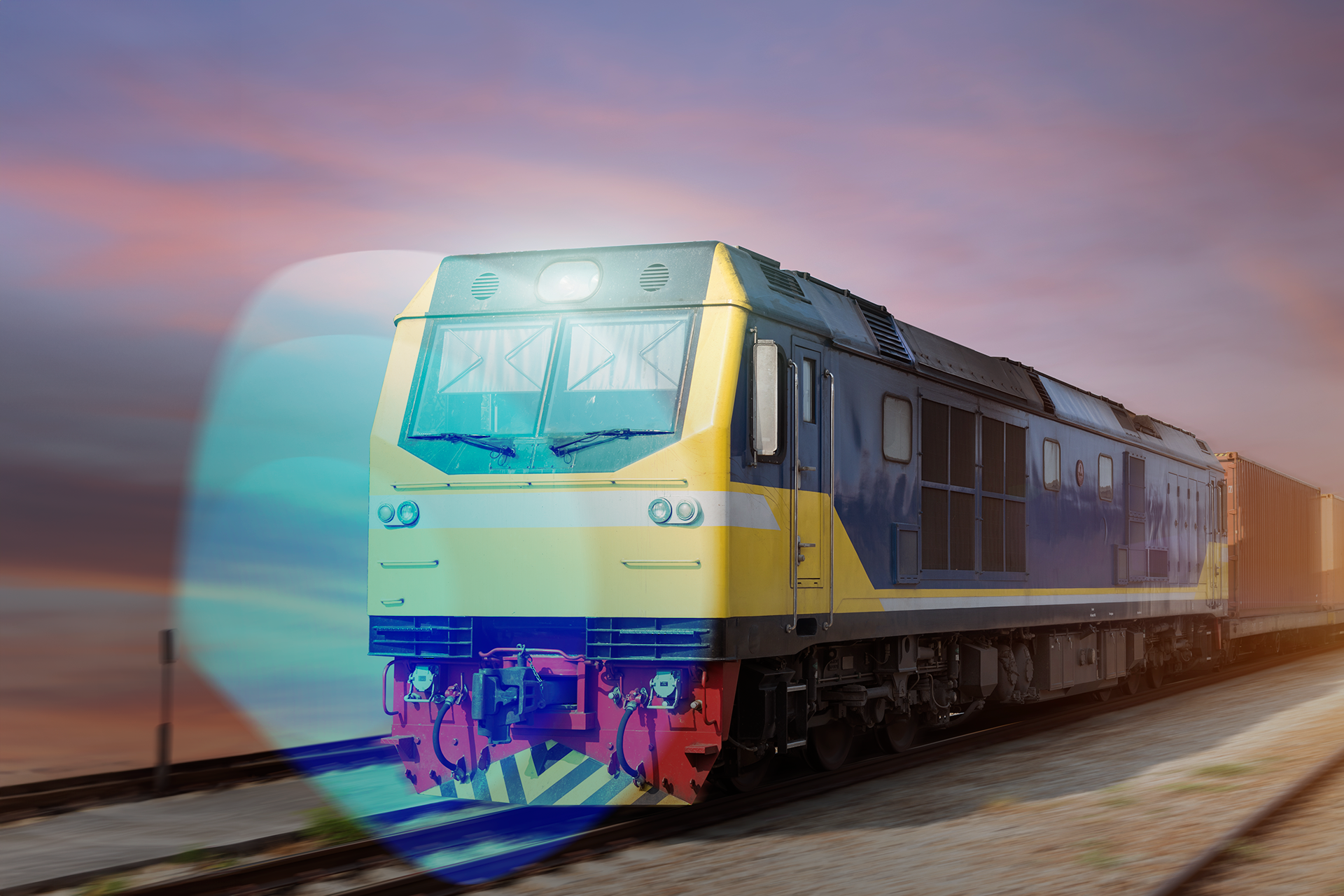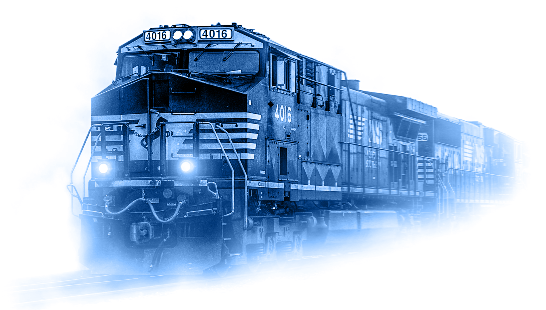The Future of Brazil's Railway Landmark: Progress and Sustainability

New railway landmark has tons of projects and might generate R$ 342 billion in business
There is no question we are a consumption-based society. Since the beginning of the 20th century, when we started to produce goods in bulk, and in a more economic fashion, the consumption per capita has only been growing. Said consumption is based on the also growing demand for industrialized products, which, on their turn, need raw materials to be transported to the factories, which, on their own turn, then need to have their goods transported to the consumers. Almost 90% of all of this loads’ transportation is made per maritime way, which is the most economical of all of them. However, the big majority of the population does not live in the Brazilian coast, which leads to the need of sending said loads to places within the continental area of the country.
12 biggest economies of the world
If we think of the 12 biggest economies of the world (United States of America, China, Japan, Germany, United Kingdom, France, India, Italy, Brazil, Canada, South Korea and Russia) in terms of territorial extension, we will notice that only six of them are the biggest of the world (United States of America, China, India, Brazil, Canada and Russia, in this order), and responsible for the biggest railway networks (Russia, China, United States of America, India, Canada and Brazil, respectively). It is not for nothing that Brazil occupies this last position, with a railway modal a little above 20%, which is a very low percentage that, nonetheless, represents a huge slice of what is referred of as “Brazil Cost.”
Now, let us translate all of that into numbers. A trains spends about 4 cents of a US dollar in fuel to transport a ton of load per a little more than 60 miles. An airplane spends 121 cents of the US currency to transport the same amount of load per a little more than 60 miles. Ok. You might think: but airplanes are used for faster transporting items of high aggregated value, industrialized products. That is correct. However, the comparison that must be made should be based on the railway model for load transportation. Therefore, each ton transported per a little more than 60 miles spends 20 cents of dollar; i.e.: it is five times more expensive. In addition to this, the consumption of fossil fuel could be hugely reduced with more railways available.
With only 5 liters of diesel oil, a train is capable of transporting a ton of load per a little more than 460 miles. And this is very easy to be explained: trains have much less friction walking on tracks than the truck tyres. Of course that trucks have the advantage of being capable of dislocating anywhere, while a train, as logic dictates, is able to go only to locations where there are tracks. On the other hand, a train needs a single machinist in order to transport huge compounds of wagons.
In Brazil, it is common to have compounds of 300 or more wagons with so many miles of extension. It would take a person more than an hour to walk through the entire train from one end to the other. Then, imagine how big it is.
Sustainable growth of the sector with the Railway Landmark
Before becoming effective through a Provisional Decree, Brazil had taken an important step towards the sustainable growth of the sector with the so-called Railway Landmark, Private companies will be able to be responsible for investing in railway networks, undertaking the risks of the operations and, obviously, all of the investments [in it], which shall always be long-term ones.
Before the Railway Landmark, the investment came from the Federal Government, which “granted” the use of the railways, many times through bids. With the lack of resources for investment, the railway network became obsolete and stagnated, wasting an incredible potential for the country’s development.
The Law Bill for the Railway Landmark has just been approved in the Senate and is now undergoing the due procedures in the House of the Representatives.
Within a little period of time, more than 35 projects have already been submitted, adding up to more than R$ 150 billion in investments. It is almost seven thousand miles of new railway networks. And the rhythm of the requests does not stop. It is an immensurable advancement [in the sector].
Could the project of the railway network be improved? Wilson Antunes comments on the subject
However, the project could be better, and Wilson explains how: according to its wordings, the Railway Landmark [Bill] does not foresee a NATIONAL network, a real planning that connects the railways in favor of the communication of the transport all over the country, from North to South, from East to Qwest, from Oiapoque to Chuí, as we are used to saying here in Brazil. With this network, we are at risk of having a big quantity of small railways that do not communicated with one another, and this is very bad for the future and for the demands that, now, we do not even fathom that could come to exist.
Another point is the rigid control in the construction of these railways, in order to minimize the environmental risks, the invasion of indigenous lands, as well as any type of degradation of the biomes through which the railways will pass. The project/bill also fails with regards to the possibility of a counterpart for each request. For instance, the feasibility of railway transportation of passengers too, not only loads, in the desired segments, would be an extremely benefic counterpart, contributing for the reduction of the car traffic, the decrease in the use of fossil fuels and the sustainable development of the Country.
Yet, I think that, even with important adjustments to be made to it, the Railway Landmark is a big advancement. Brazil walking rightly towards opening the way to our railways to have a more competitive, economical and sustainable future.
Note: Wilson Antunes is an entrepreneur and specialist in metro railway automation, and Engineer graduated by the Polytechnical School of the University of São Paulo (Poli-USP), as well as Business Administration by the Getúlio Vargas Foundation. The data mentioned in the article are from the Allied Market Research.


1501 Venera ave Suite 320A Coral Gables, FL 33146
+55 11 985974011 (Brazil)
+1 614 302 1900 (USA)
Intertech Rail 2024 - All Rights Reserved







